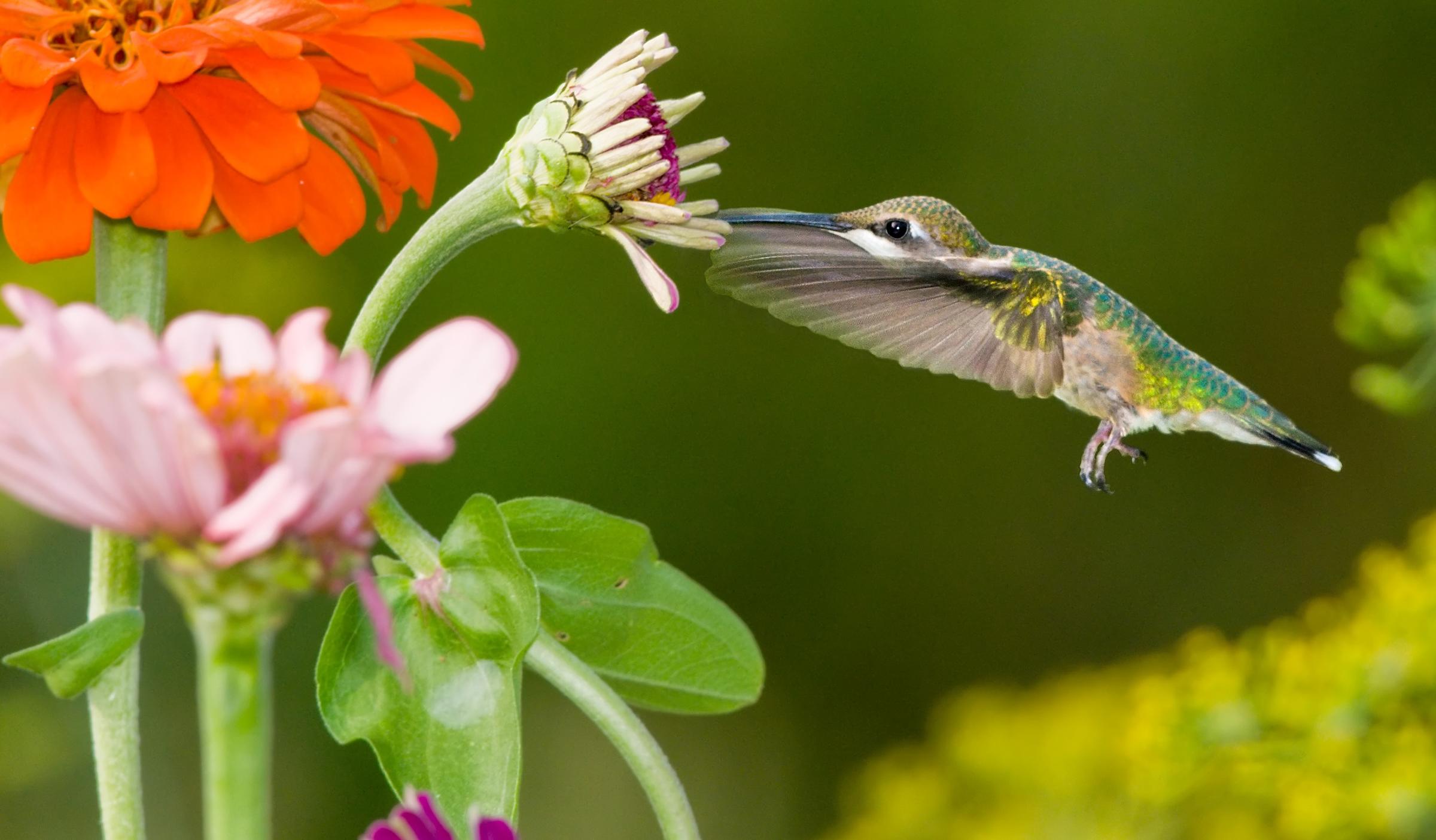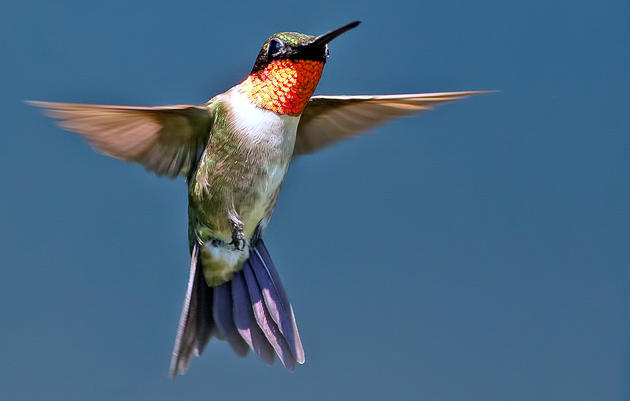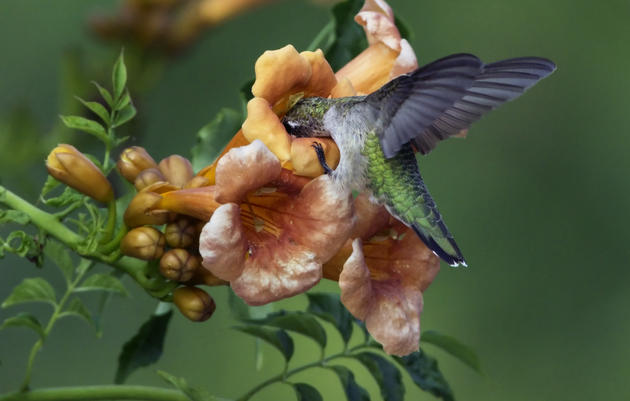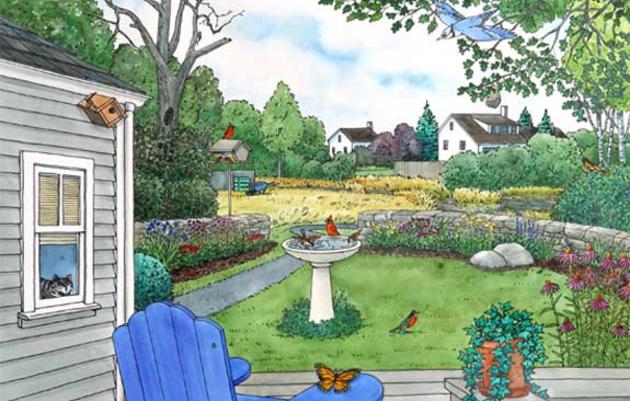Technology can really help us move our mission forward. That’s why Audubon New York wants to invite birders and nature enthusiasts of all ages to help track the health of hummingbirds with Audubon’s Hummingbirds at Home app. This community science project collects data that provide scientists with crucial information about the bird species and the plants that sustain them.
Every spring, hummingbirds visit our yards, looking for nourishment from our gardens and feeders. Many hummingbirds migrate very long distances and must eat several times their weight in nectar daily to stay alive. Audubon scientists recently released a groundbreaking study that revealed some species of hummingbirds could lose more than 50 percent of their current ranges by 2080 if climate change continues on its current trajectory. As flowers bloom earlier because of warming conditions, there is a growing mismatch between flowering times and the arrival of hummingbirds in their breeding areas. Community scientists recording data on hummingbirds and their food sources will help Audubon’s scientists understand this growing imbalance.
Here’s how you can help
- Create an account: http://www.hummingbirdsathome.org/ or through the mobile app (free IOS and Android versions are available)
- Identify a patch of habitat: can be your backyard, a spot in a park, a playground—all it needs to be is a place hummingbirds may visit that can be surveyed at least once.
- Conduct scheduled patch surveys: these are surveys of the patch identified above scheduled in advance. Data recorded during these surveys can be entered into the Hummingbirds at Home app under “Patch Survey” in the Main Menu. Surveys can be as short as 5 minutes or as long as 60. Be sure to select the right hummingbird you survey from the hummingbird pick list, select the blooming food sources in the patch, and check off the food source if the hummingbird fed while surveyed.
- Submit data on single sightings: In addition to scheduled surveys, single sightings of hummingbirds can be recorded when they occur outside of the identified patch location or time.
- Log visits to a nectar source: choose any single nectar source within the selected patch and log the hummingbird visits made to that source during the scheduled survey.
Need help attracting these gorgeous birds? One of the best ways to help hummingbirds thrive is to make sure your yard is bird-friendly. If you don’t have a yard, you can still help these birds by creating a native plant container garden on your patio or balcony. Hummingbirds are specialized for nectar-eating, evident by long bills and grooved tongues ideal for probing flowers. Follow these steps to maximize the potential of your hummingbird-friendly yard:
- Fill your yard with flowering plants, vines, shrubs, and trees. Even a window box or hanging basket can help.
- Grow native plants like trumpet honeysuckle, bee balm, and hummingbird sage, which provide much more nectar than hybrids and exotics.
- Plant red or orange tubular flowers to attract hummingbirds, in addition to other flowers rich in nectar.
- Group similar plants together and choose species with different blooming periods so that there will be a steady supply of flowers nearly year round.
- Leave some sticks and small branches on bushes and trees to enable ready perches for hummingbirds.
- Eliminate or minimize the use of pesticides in your yard. Hummingbirds consume many small insects in addition to nectar, and they, as well as butterflies, will benefit from a pesticide-free space.
- Encourage your neighbors to make their yards hummingbird friendly. An entire corridor of habitat is much more valuable than scattered patches.
Related
6 Fun Facts About Hummingbirds
You’ll never look at these little birds the same way again.
Native Plants for Birds
Attract and protect the birds you love while making your space beautiful, easy to care for, and better for the environment.
Audubon At Home
The decisions that we each make everyday can have significant impacts on bird conservation.
Donate to Audubon
Help secure the future for birds at risk from climate change, habitat loss and other threats. Your support will power our science, education, advocacy and on-the-ground conservation efforts.







